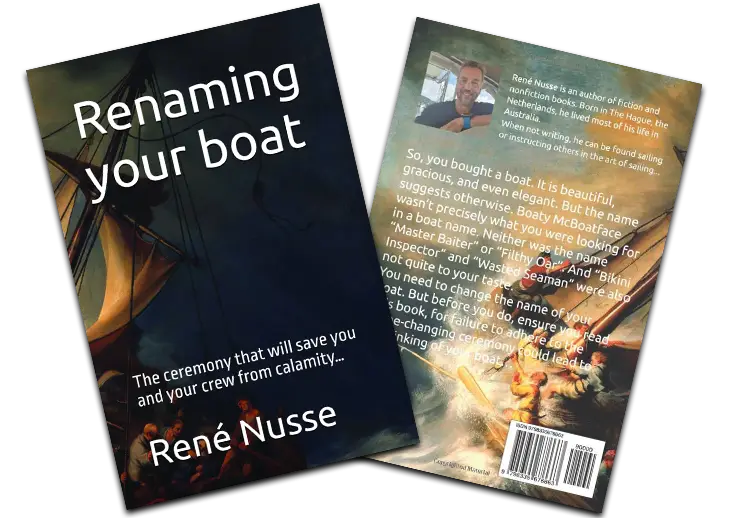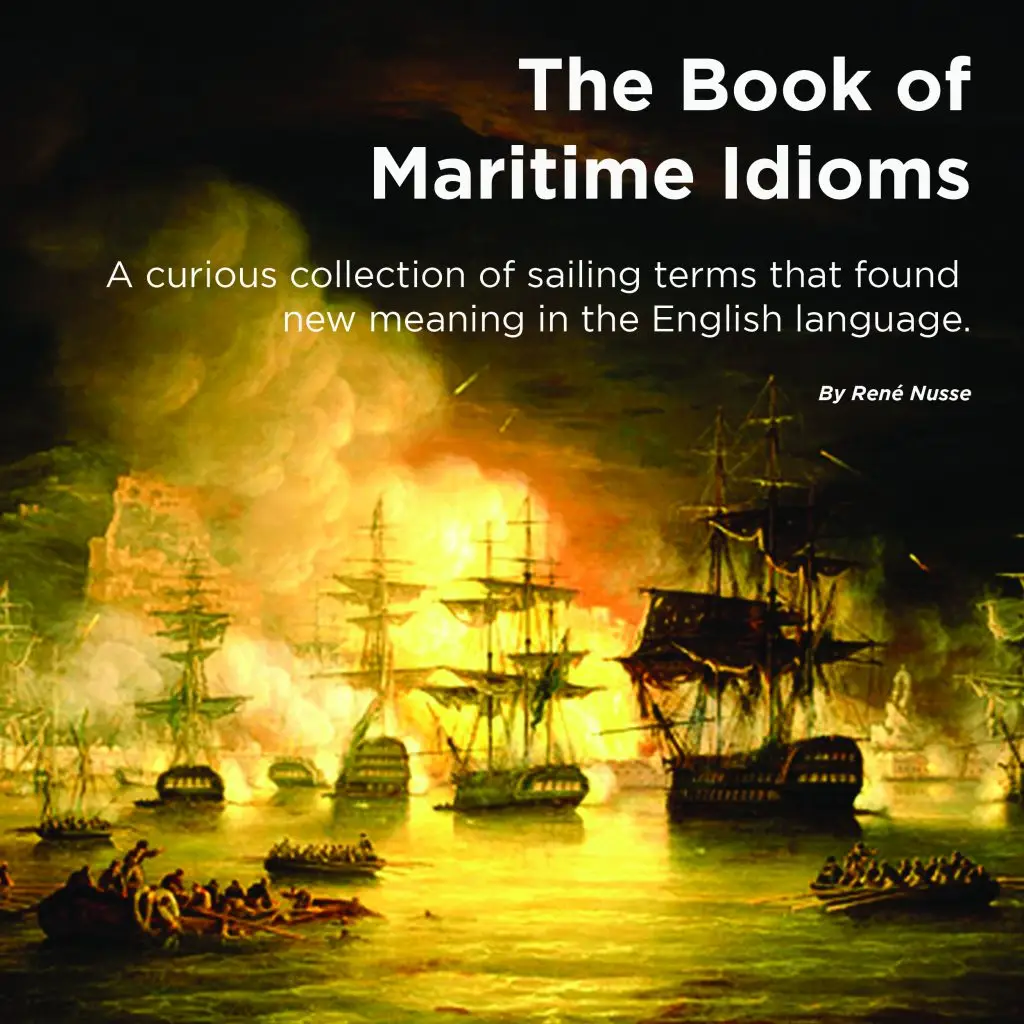Comparing Headsail Connection Systems: Hanks vs. Bolt Rope, vs. Furling
Just like rigging tension and rigging material can increase performance, the way you connect your headsail to the forestay can also dramatically impact ease of handling, performance, and safety. While all methods serve the same purpose — keeping your headsail securely aligned and tensioned — they offer different trade-offs depending on whether you are racing or cruising.
Below is a detailed comparison of the three most common systems:
1. Hanks (Piston or Snap Hanks)
Description:
Bronze or plastic clips (hanks) are sewn to the luff of the sail and clipped directly to the forestay. This is the traditional method used on many smaller and offshore boats.
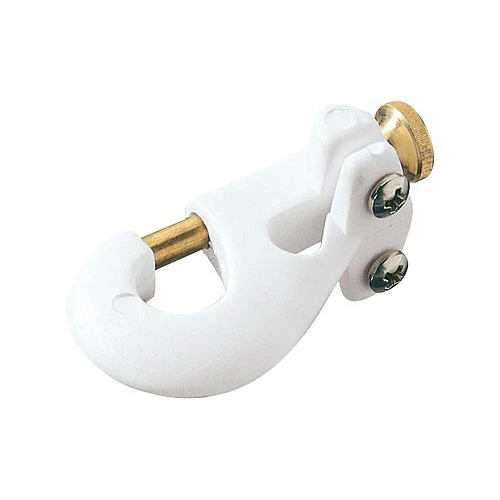
Pros:
Secure in all conditions: Hanks are physically clipped to the stay, reducing the risk of luff separation or sail blowout in heavy weather.
Ease of change: Simple to hoist or drop; sail stays attached to the stay while flaking on deck. Great for sail changes at sea.
Reliability: No mechanical systems to fail; low-maintenance.
Offshore safety: Preferred by some bluewater sailors, as it’s robust and easy to repair anywhere.
Cost-effective: Cheapest option for both sails and hardware.
Cons:
Slower sail handling: Hoisting/dropping requires crew on the foredeck, often wet and exposed.
Limited reefing: Cannot partially reduce sail area — only full hoist or full drop. Requires carrying multiple headsails.
Windage: Hanks can create small turbulence on the luff compared to a smooth track.
Storage: Changing sails means flaking, bagging, and re-hoisting, which takes deck space and time.
Best for: Offshore cruisers prioritising reliability, or racers who need quick sail changes between #1, #2, and #3 headsails.
2. Bolt Rope (Luff Tape in a Foil)
Description:
A rope or luff tape is sewn into the sail’s luff and slides into an extruded aluminium foil or groove mounted on the forestay. This is common on raceboats and performance cruisers.
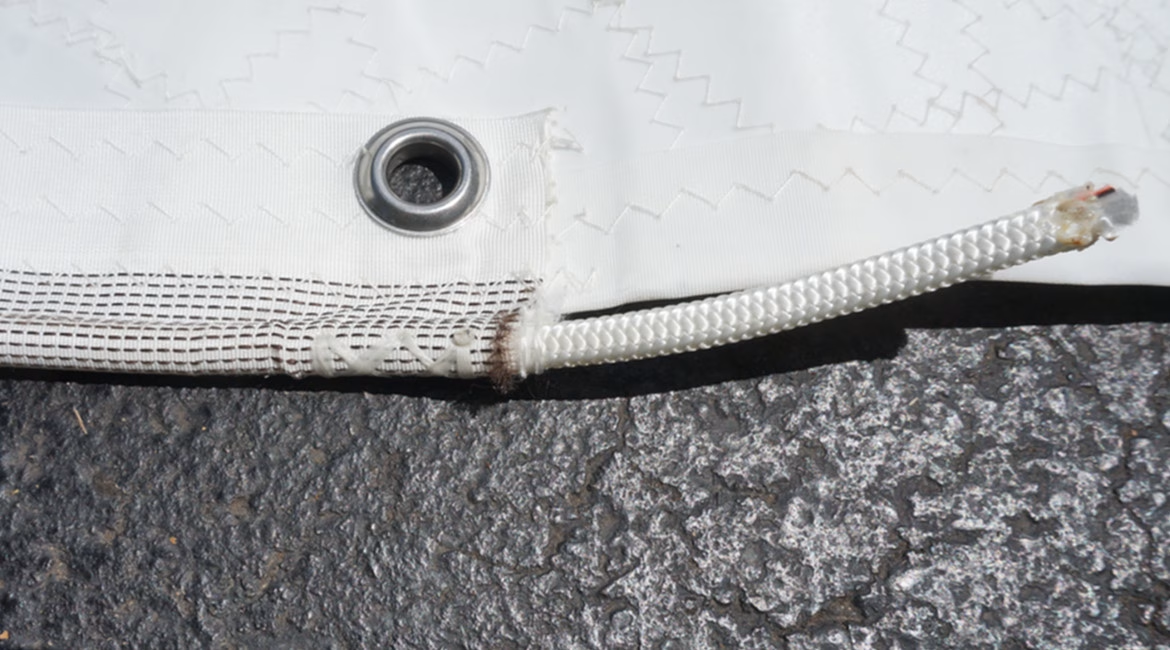
Pros:
Streamlined luff: Smooth entry improves aerodynamics, reducing turbulence.
Performance gain: Tighter luff tension = better pointing ability and sail shape, favoured by racers.
Secure hoist: Sail feeds into the groove, eliminating twisting or flogging during hoists.
Multiple headsails ready: Some foils are double-grooved, allowing pre-feeding a new sail for “peel” changes in racing.
Cons:
More complex changes: Sail must be fully hoisted/dropped to switch — not as quick or safe as hanks offshore.
Foredeck work: Requires crew to manage large sails during changes. In heavy weather, this can be hazardous.
Maintenance: Foils can jam or deform; luff tapes can stretch and wear.
Cost: More expensive than hanks for both sails and foil hardware.
Best for: Racing yachts where performance matters, and coastal cruisers who want a clean luff and don’t mind foredeck work.
3. Furling Systems (Roller Furlers)
Description:
A rotating extrusion or drum system allows the sail to roll around the forestay. The sail remains permanently attached and can be deployed or reefed with a line from the cockpit.
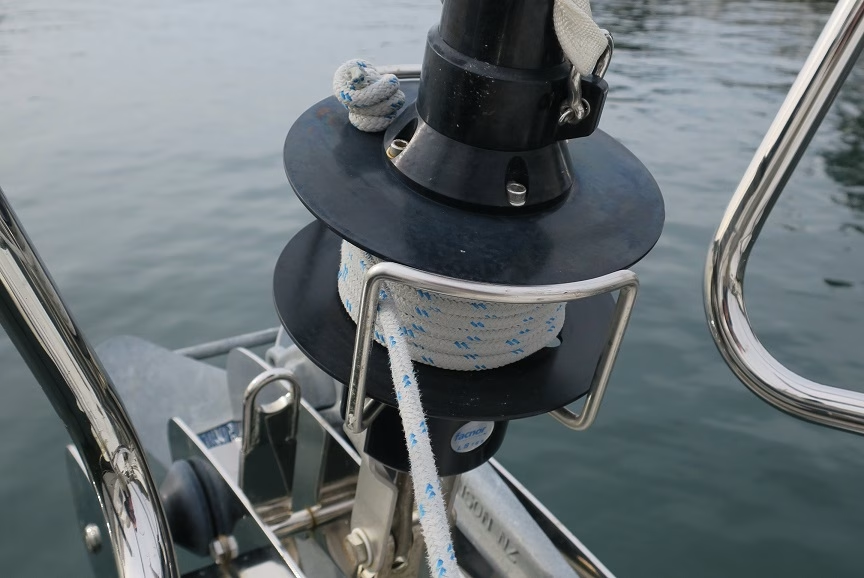
Pros:
Ease of handling: Singlehanded or shorthanded sailors can deploy, reef, or douse from the safety of the cockpit.
Reefing ability: Can reduce sail area quickly in rising winds without changing sails.
Convenience: No foredeck work, no flaking, and the sail lives on the furler with a UV cover.
Cruising safety: Minimises crew exposure forward, especially in rough seas.
Cons:
Performance compromise: Partially furled sails lose shape, reduce pointing ability, and increase drag. Not ideal for racing or heavy weather.
Weight aloft: Furling gear adds weight to the forestay, affecting balance and performance.
Mechanical failure risk: Bearings, foils, and drums require maintenance. Failure offshore can be catastrophic.
Limited sail changes: Only one sail can be rigged at a time; swapping sails requires removing the furler’s sail entirely.
Cost: Most expensive system in terms of purchase and maintenance.
Best for: Cruisers who prioritise convenience and safety over peak performance, particularly short-handed or family crews.
Racing vs. Cruising Perspectives
Racers:
Hanks: Preferred offshore (e.g., ocean racing) for secure, reliable sail changes in rough seas.
Bolt Rope: Standard for inshore and high-performance racing. The double-groove foil enables efficient headsail changes and maximises aerodynamic advantage.
Furlers: Rarely used in serious racing except on shorthanded offshore boats where safety outweighs performance loss.
Cruisers:
Hanks: Still popular among traditionalists and passagemakers who value rugged simplicity.
Bolt Rope: Less common for cruisers, as constant sail changes are impractical for short-handed crews.
Furlers: The overwhelming choice for modern cruisers. Convenience, reefing, and safety from the cockpit outweigh performance sacrifices.
Conclusion
Hanks = Best for offshore reliability and traditionalists who prioritise safety and redundancy.
Bolt Rope/Foil = Best for racers and performance sailors who demand maximum efficiency and fast sail changes.
Furlers = Best for cruisers (especially short-handed) who prioritise ease, comfort, and safety over ultimate performance.
The right system depends on your sailing style: If you’re racing, a foil is king. If you’re passagemaking, hanks are hard to beat. For everyday cruising, nothing rivals the convenience of a furler.
In short:
- Hanks = Reliability.
- Bolt Rope = Performance.
- Furler = Convenience.
Headsail Connection Systems: Comparison Table
| Feature / Factor | Hanks | Bolt Rope (Foil) | Furler |
|---|---|---|---|
| Ease of Use | Manual hoist/drop on foredeck. Simple but physical. | Requires foredeck work; smooth feed into foil. | Deploy/reef from cockpit. Easiest for shorthanded crews. |
| Sail Changes | Quick and secure. Sail stays clipped to stay while swapping. | Slower; must fully hoist/drop. Double-groove allows racing “peels.” | Limited — only one sail at a time; swapping requires full removal. |
| Reefing Ability | None (must change sails). | None (sail size fixed). | Can reef partially, but sail shape suffers. |
| Performance | Slight turbulence from hanks; good in heavy weather. | Best performance: smooth luff, excellent pointing. | Compromised when reefed; added weight aloft reduces speed. |
| Reliability | Very robust, simple, and easy to repair offshore. | Generally reliable but can jam; luff tapes stretch. | Moving parts can fail; the drum and bearings need maintenance. |
| Safety | Secure in rough weather; foredeck work required. | Foredeck work required; more challenging offshore. | Safest (crew stays in cockpit). |
| Cost | Lowest cost. | Moderate (sails + foil system). | Highest (system + maintenance). |
| Best For Racing | Offshore races with frequent heavy-weather sail changes. | Inshore & high-performance racing. | Shorthanded offshore racing (when safety > performance). |
| Best For Cruising | Traditionalists, passagemakers, and budget sailors. | Performance cruisers who don’t mind foredeck work. | Modern cruisers, families, and short-handed crews. |
Author
-

Rene is a keelboat instructor and sailing coach in the Mandurah area WA. He is also the author of several books about sailing including "The Book of Maritime Idioms" and "Renaming your boat".
View all posts

